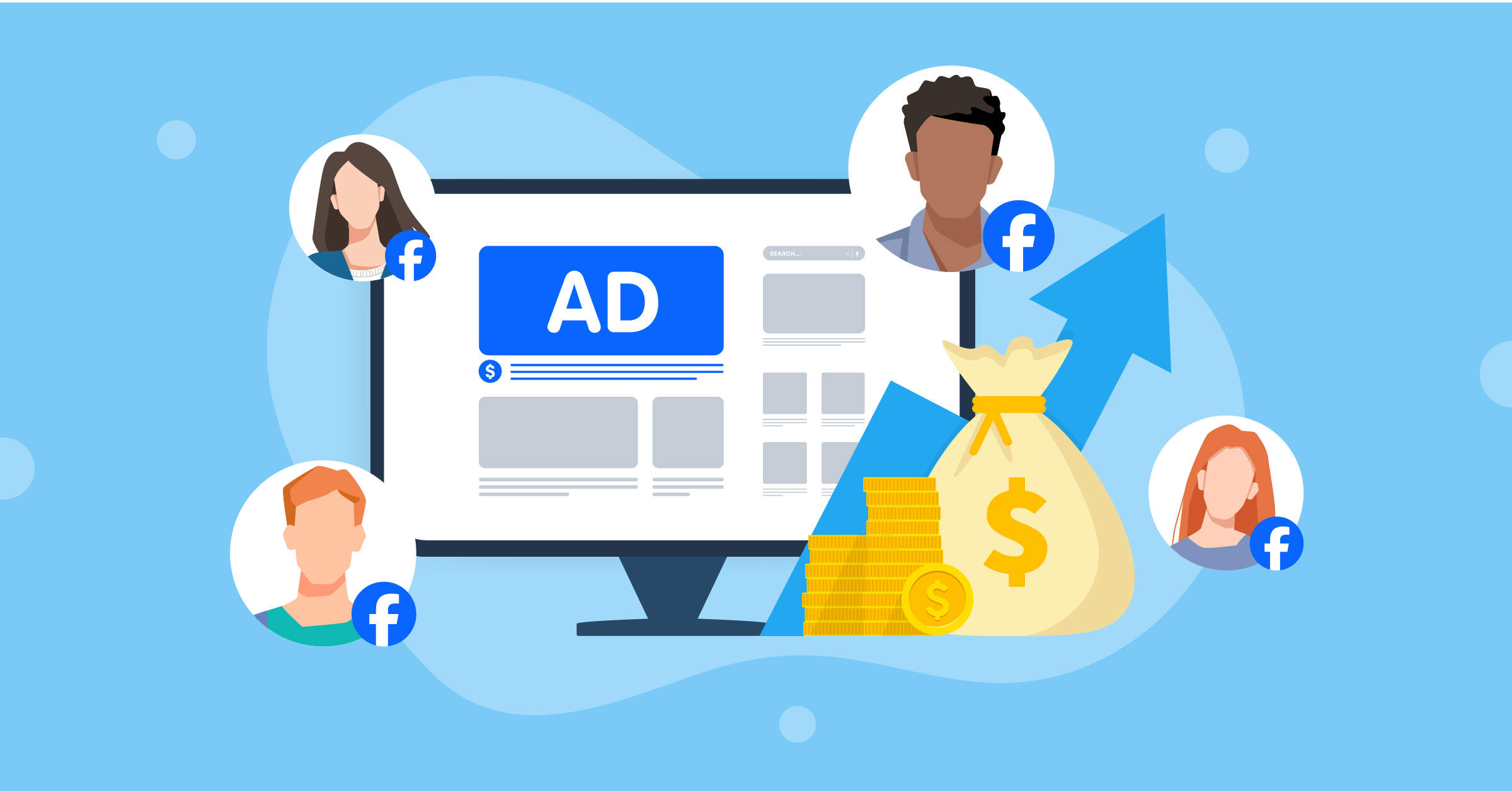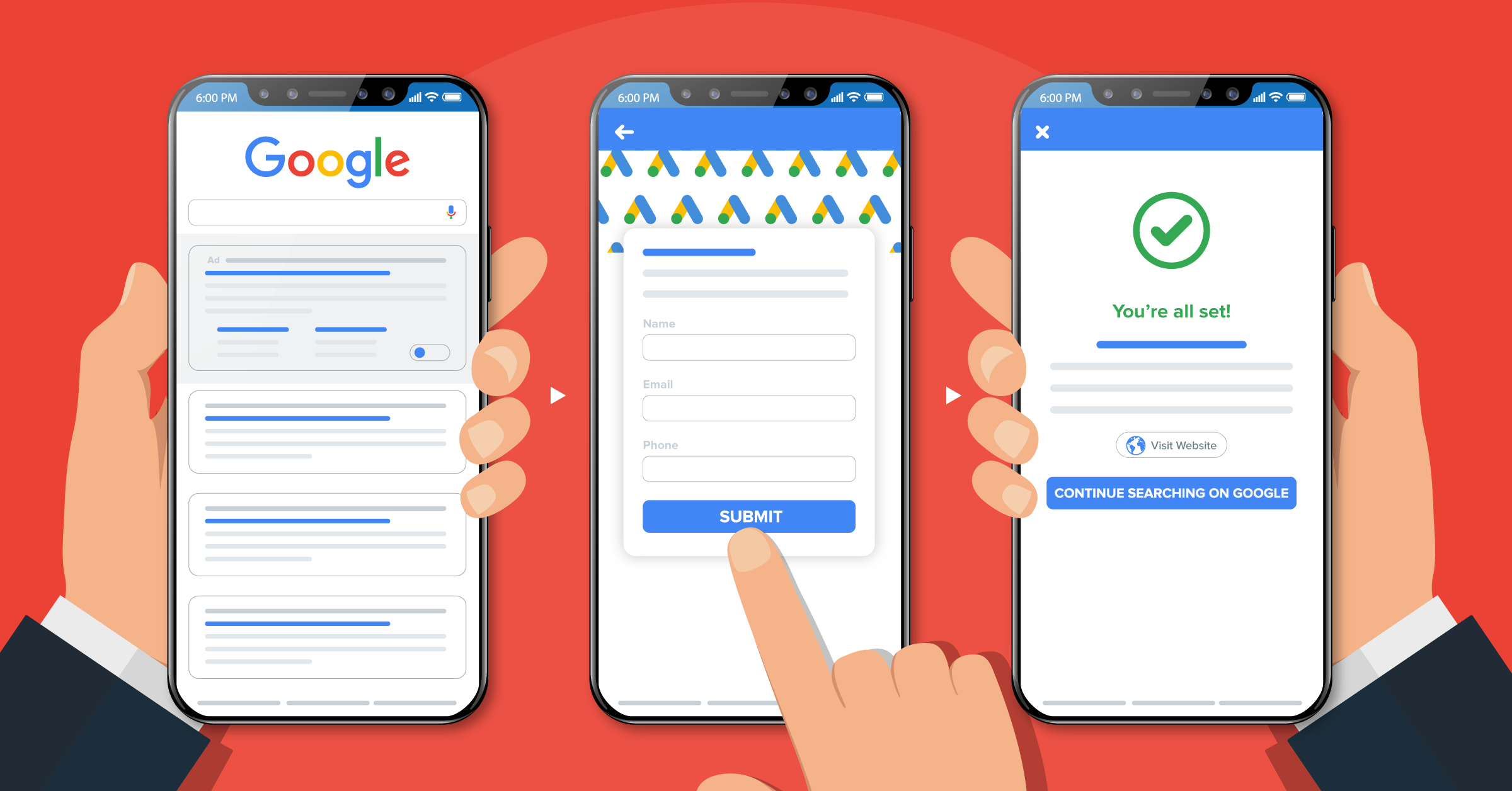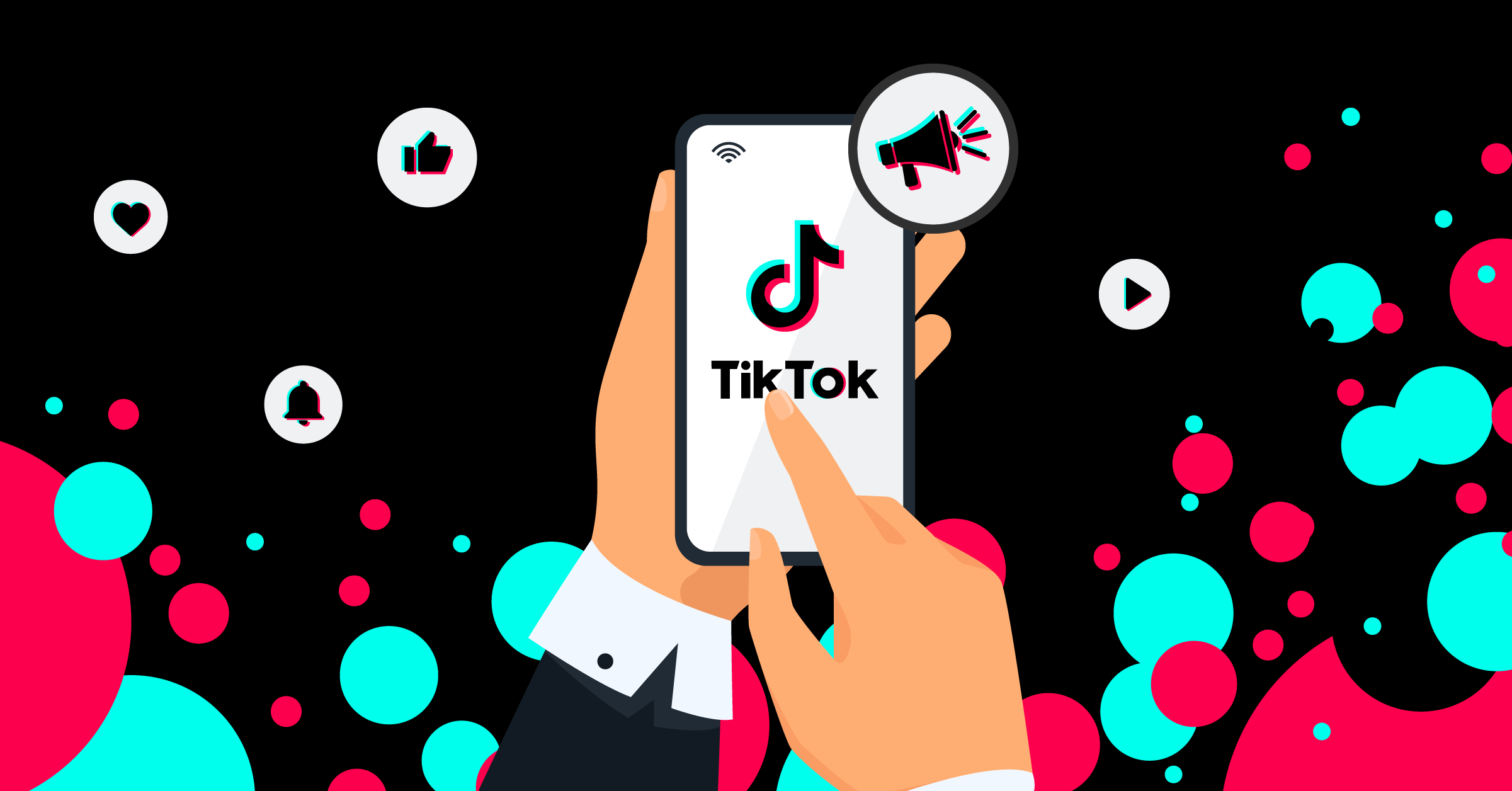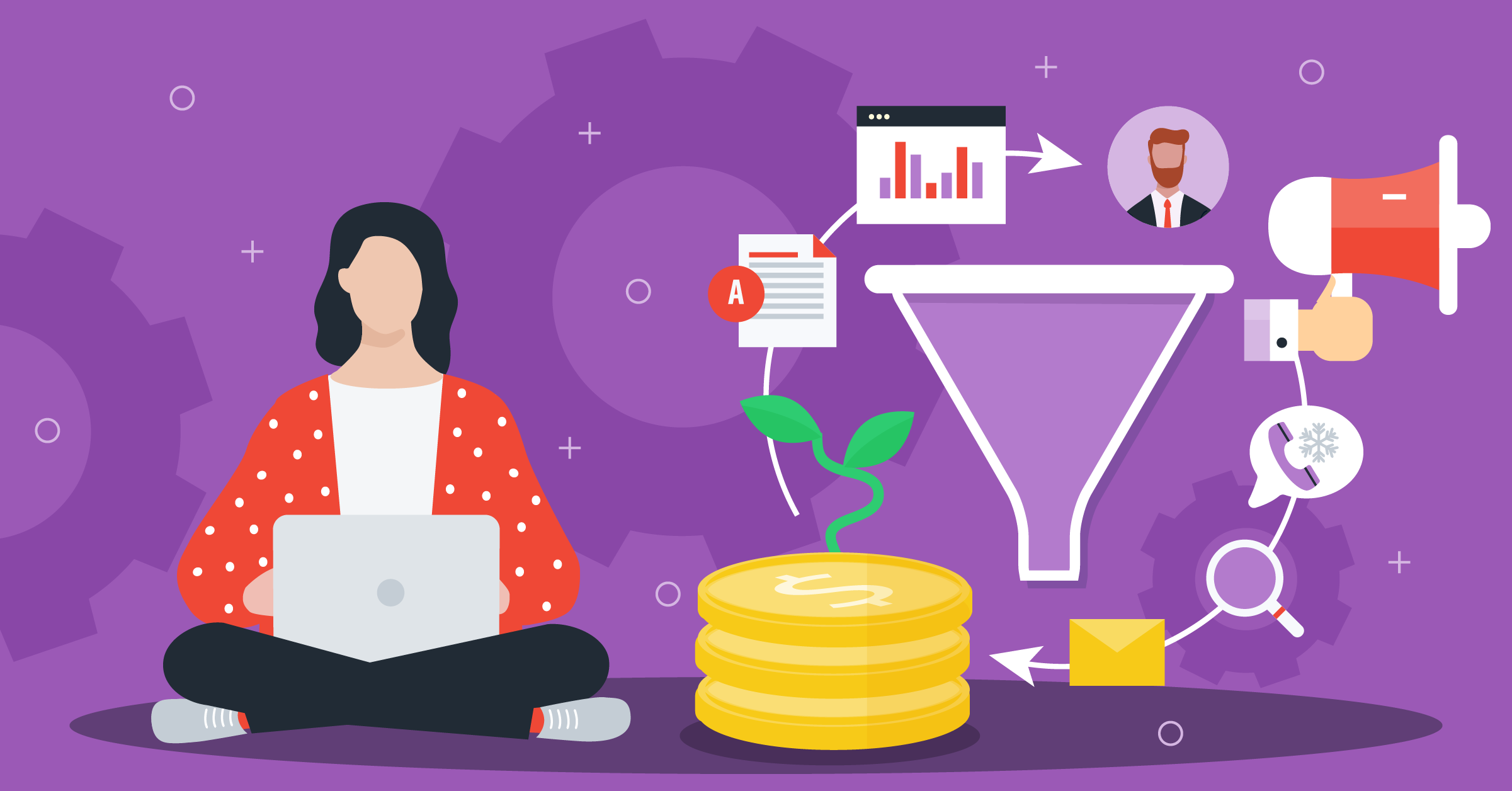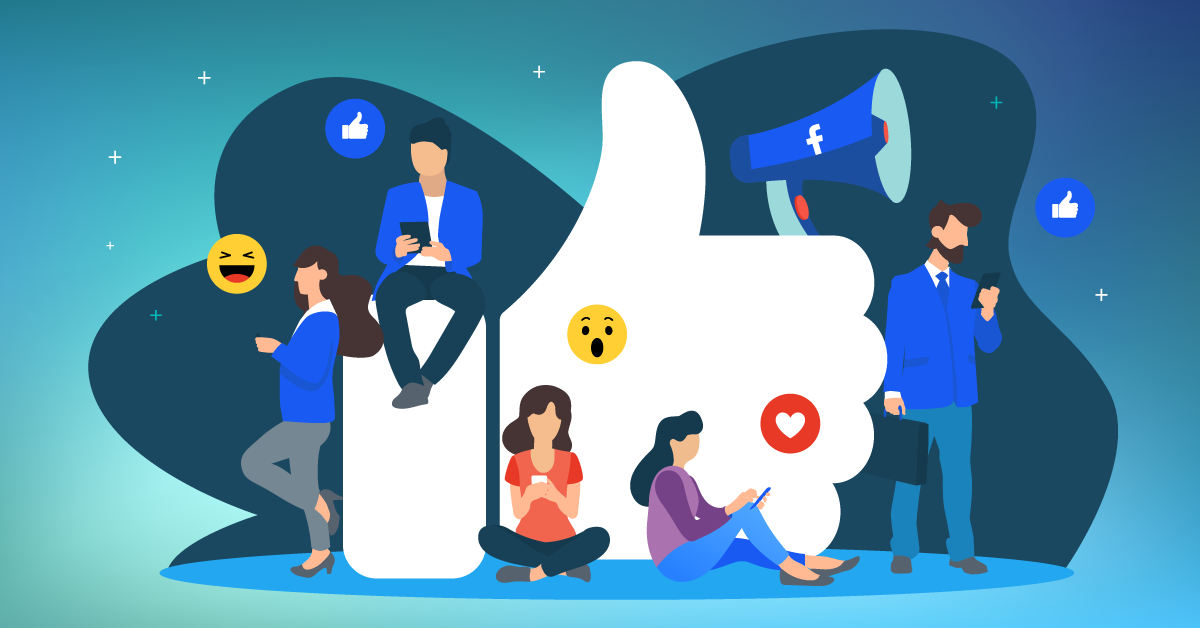
Converting leads is a huge part of any sales or marketing expert’s job. Without leads, there can be no conversions, and without conversions there’s no profit. Without profit? No business.
So, bringing in and converting sales leads is vital to any business.
One of the best ways to find those all-important leads and guide them through to conversion is to understand them. After all, you can’t build a relationship with someone you don’t really know.
Let’s explore six of the most common types of leads, and how you can convert them.
What are leads in sales?

A sales lead is someone who might be interested in buying your product or service.
Marketing and sales teams focus on bringing in new leads and helping them through the sales funnel to conversion.
To nudge each lead through to conversion, it’s important to know what type of lead they are. Leads vary in ‘temperature’, with leads ready for conversion being ‘hot’ and less engaged leads being ‘cold’. A sales call script which appeals to a hot lead may not appeal to a cold lead, and vice versa.
Similarly, leads come to you from different sources. This has an influence on how they respond to your marketing efforts. For example, a lead coming to you from a previous sale might need a different approach from one who found your product or service through social media.
6 types of sales leads and how to convert them
Let’s now take a look at six of the most common types of sales leads.
1. Hot leads
A hot lead is someone who has shown interest in your product/service and is actively researching it. They may have taken steps towards purchase, like downloading your free trial or comparing prices, or they may come from an insurance lead generator or other industry-specific source.
Because they’re already engaged and interested, it’s usually easier to turn hot leads into conversions.
However, even though they seem like great sales prospects, not all hot leads will convert. Some may even be turned off if your conversion tactics are too pushy. Some leads may seem hot, but are idly browsing with no intent to purchase.
Remember, a lead that’s hot for you could also switch to your competitors very quickly. So you need to work on convincing them that your product/service is what they want.
How can you convert hot leads? Here are some ideas:
- Schedule a call with your sales team using your company’s virtual phone number.
- Encourage them to sign up for your email newsletter, so you can send them targeted content.
- Add them to a ‘hot lead’ segment, so they can receive conversion-focused content. Automation is your friend here.

2. Warm leads
Warm leads may not be ready to purchase right now, but they have shown an interest in your brand and may purchase in the future.
For example, they may follow your social media pages, or read your blog.
Under the right circumstances, warm leads can turn hot in moments. It all depends on seeing the right content at the right time. By carefully monitoring the content your warm debt management leads engage with, for example, you can nudge them towards conversion.
Creating a sense of urgency is helpful. You might use CTAs, discounts, or popups to bring warm leads further into your sales funnel.
Here are some things to try when coaxing warm leads through to conversion:
- Monitor lead behavior and the type of content they enjoy. You can then use your marketing automation to make sure that they see more of this.
- Offer incentives like discounts or free content when they sign up for your marketing or buy their first product.
- Schedule a call or an online chat with your sales team.
3. Cold leads
Cold leads fit your customer profile but have not yet shown interest in your brand. They may not know you exist, they may currently use a competitor, or they may simply not need your product/service right now, even if you do offer the best payroll for small business.
Cold leads tend to take longer to convert, as you need to build both brand awareness and their own sense of need. But if you can convince a cold lead that your product/service can help them with relevant pain points, they can warm up quickly.
The process of warming up cold leads is all about building awareness and working on developing a relationship with the customer. For example, you could:
- Use marketing drip campaigns or demand generation tactics to target cold lead customer profiles.
- Launch a brand awareness campaign, disseminating marketing content through channels and to audiences that may not be so aware of your company.
- Encourage cold leads to sign up for your marketing. Automation tools can help you craft targeted marketing which appeals to their interests.
4. Marketing-qualified leads
Marketing-qualified leads (MQLs) are leads that have come to your brand via your marketing strategy. They may have clicked through to a product page from one of your social media ads, or entered a promotional competition designed by your marketing team.
MQLs will often have a reasonable knowledge of your brand and the product/service you sell, but won’t yet have taken the plunge to conversion. How can you move them along from awareness to conversion? Here are some ideas for a sales lead generation strategy:
- Create engaging marketing content. As it was marketing content that brought MQLs to you in the first place, more (and more personalized/targeted) content is likely to help them convert.
- Use personalized marketing designed to build a closer relationship with the audience.
- Encourage MQLs to sign up for your email list. Incentives like product discounts are often a good way to do this.
5. Sales-qualified leads
A sales-qualified lead (SQL) is a lead identified by your sales team. They may have contacted sales asking for more information, or they may simply have a profile that your sales team thinks they can work with effectively.
For example, they may have said they’re amenable to receiving sales calls, or have a history of conversion following sales pitches. Whatever the reason, it’s a good idea to let your sales team take the lead with SQLs.
Good strategies for converting SQLs include:
- Scheduling calls or meetings with your sales team, so the customer can have all their questions answered.
- Reaching out to them with sales pitches.
- Talking on a 1:1 basis in order to explain the benefits your product/service could bring for them.
6. Information-qualified leads

Information-qualified leads (IQL) are people who show an interest in your brand by gathering information on you. For example, they may download your product guides, read through your blog, or sign up for your newsletter.
As the name suggests, IQLs are information-focused, so concentrate on giving them the information they want rather than on more relationship-centric marketing. While it’s always good to try and build relationships with leads, IQLs first and foremost want to know how your product/service works and what it can do for them.
Some great ways to convert IQLs include:
- Sharing informative blog posts and emails. IQLs love content, so make content a focus in your IQL sales funnel.
- Creating content that answers any questions your IQLs might have. Case studies, for example, are often a good way to bring IQLs on board.
- Creating thought leadership content that demonstrates your expertise in your industry.
Boost your conversions with marketing automation
Marketing automation tools can be great for boosting your conversions throughout the lead funnel. There are also a wide range of tools depending on your needs, from automated email services to reach out to your cold leads to data analysis tools that give you the insights you need to turn a marketing-qualified lead into a sale.
For example, LeadsBridge lead sync feature helps you to sync your lead data from lead forms (and other sources such as Facebook Lead Ads, LinkedIn Lead Gen Forms, and Google Lead Ads) with your CRM or other marketing software, so you can interact with them instantly and all in one place.
Similarly, audience targeting features will automatically create custom audiences by using data from your CRM or customer lists, so you can easily retarget or exclude leads at every stage of the funnel. Combined, these tools can make sure that you’re directing your efforts to where they’re most likely to be successful.
The best way to convert a lead is to understand them
Understanding different types of leads is key to converting them. Often, lead conversion is a process of warming leads up over time so that they become more amenable to your brand – but in order to do this, you need to know what type of lead they are when they come onto your radar.
Remember, the sales journey doesn’t end at conversion. If you make an effort to build customer loyalty and a strong customer community, you can re-convert old customers much more quickly and easily than you can convert brand-new leads.
The same sales tactics that can convert a hot lead might send a cold lead running for the hills. When you understand different lead types, you can curate your marketing and content to help them through your sales funnel to conversion. Features such as audience targeting make the LeadsBridge platform an ideal choice for your business.
Discover all LeadsBridge integrations for call tracking software!












